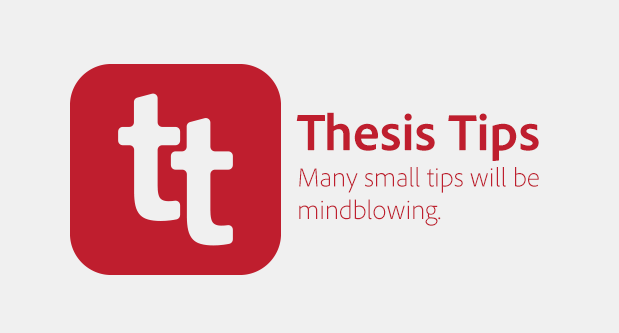This article addresses the quantitative, qualitative, and mixed method approaches to data collection and methodology.
Qualitative vs. Quantitative
Qualitative research occurs when you explore. The key idea is to explore or find out. On the other hand, quantitative research occurs when you want to examine. The key idea is examination.
Qualitative research will give you the opportunity to go deep into a subject and investigate what is call phenomena. A phenomenon is a fact that appears to you upon your research. If you open your eyes after the rain, you may see a rainbow. This phenomenon appears in the sky. You may need to explore this phenomenon and write your thesis about it. So all the people who come after you can build on the phenomena you found.15
Quantitative research will give you the opportunity to collect data about something specific to reach a generalization. For example, if you had discovered the rainbow, you may decide to collect data about it. You may then have concluded that there is association between rain and rainbows. The generalization, a rainbow always appears after the rain, would have been new knowledge that the study found.
In qualitative research, you may use an interview, observations, and deep digging in a fact-finding journey. While in quantitative research you may survey, measure, and check a specific phenomenon to reach a lasting conclusion.
Mixed Method
A mixed study occurs when you want to achieve both quantitative and qualitative research simultaneously. For example, you want to investigate the colors that appear in the sky after rain. You may want to explore the topic first. Then you reveal the rainbow. After that, you want to generalize this phenomenon by conducting quantitative research.
Here’s another example: you may be wondering why students do poorly on their exams. You may want to explore this phenomenon by interviewing students who do poorly in their exams. During this journey, you find out they have many absences. Now you can say that you found a pattern that students who have done poorly on their exams missed many classes. Then you want to generalize that students who attend classes do better on their exams. This generalization requires a quantitative research to examine and to verify that student performance is related to student attendance. Then you can survey students in a variety of circumstances, places and situations. The survey will check their performance and their attendance. After that, statistical tests will be conducted to reach a conclusion that this relationship was not due to coincidence.
